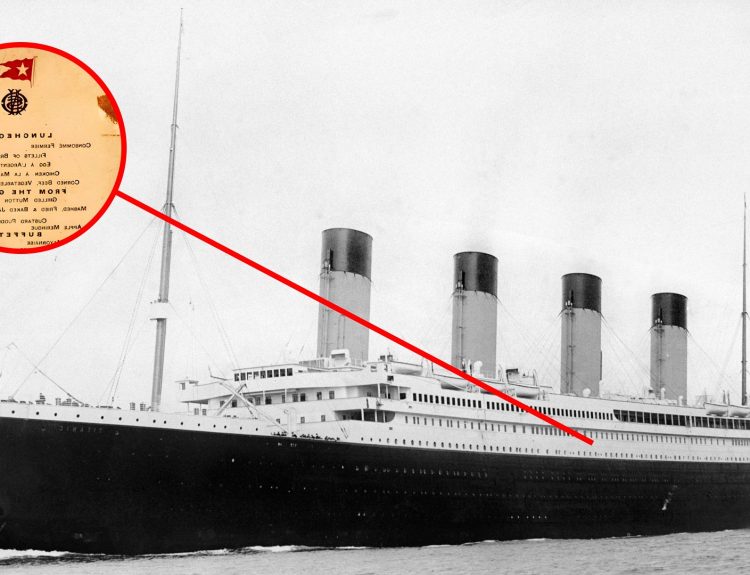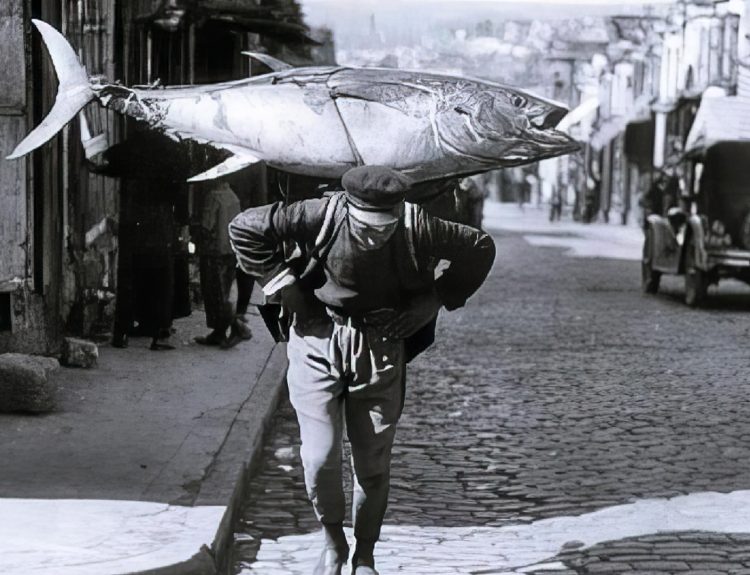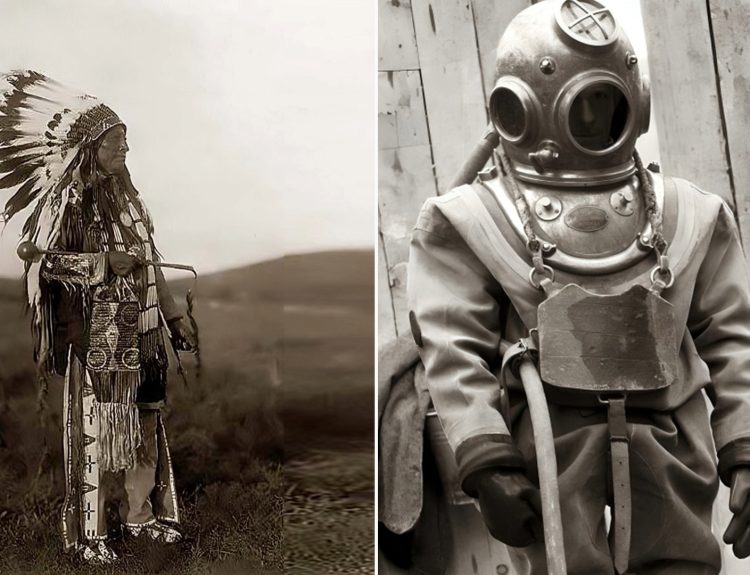Our high school history classes covered the major battles and biggest events that shaped our history. But there are plenty of lesser-known events that have had significant impacts on our world that you may not know about.
In this series, we will bring some of these stories out of the footnotes of your history textbooks and onto center stage. Here are 18 of the most noteworthy historical events you probably never heard of.
The Defenestration of Prague – 1618
Did you know that we have a word in the English language that means “the act of throwing someone out a window with the intent to cause death”? Well, we do. That super-specific word is “defenestration.” One act of defenestration was the impetus to war. It was an event known as the Defenestration of Prague and it took place on May 23, 1618.
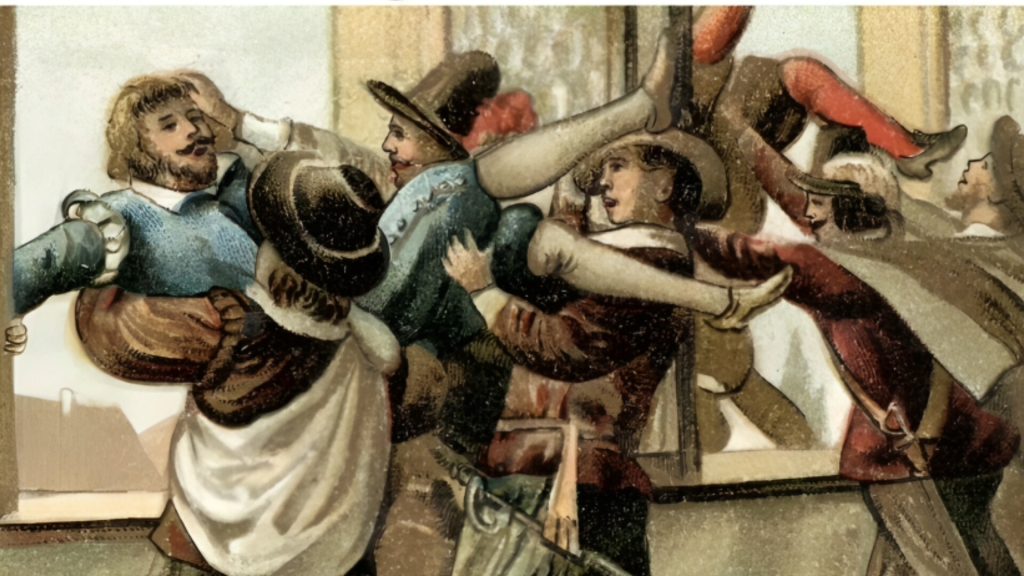
On this day, Protestant nobles tossed two Catholic officials out a window at Prague Castle. Although the Protestants intended to kill the Catholics, their plan failed when the unfortunate defenestratees landed in a pile of manure and survived. This incident, however, contributed to the start of the Thirty Years’ War.
The War of Jenkins’ Ear – 1739-1748
The Brits were itching for a fight with Spain in 1739 so they reached back eight years to an incident in which a captain of a British merchant ship, a man named Robert Jenkins, reported a bizarre incident to the British military. Jenkins claimed that his ship, the Rebecca, was stopped by the Spanish Coast Guard in April 1731. While searching the ship, Jenkins exchanged words with the Spaniards.

One of the Coast Guard officers took out his saber and sliced off one of Jenkins’ ears. At first, Jenkins got a shrug when he reported the ear slicing incident. But when the British Parliament needed an excuse to go to war with Spain, they suddenly acted outraged about the fate of Jenkins’ ear.
Henrietta Wood’s Court Case – 1878
An African-American woman born around 1818, Henrietta Wood was born into slavery in the American South. In 1844, the wife of her master, Jane Cirode, took Wood to Ohio, a free state. Four years later, Cirode registered Wood as a free woman. She supported herself by taking a job as a housekeeper in Cincinnati.
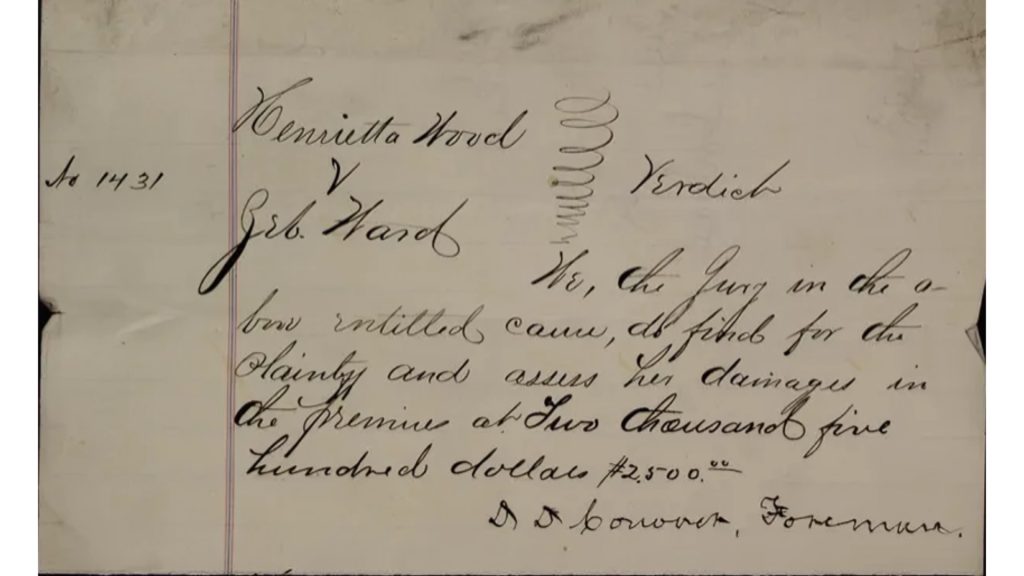
In 1853, Wood was abducted by a slave hunter, Zebulon Ward, who re-enslaved her again until slavery was abolished by the Emancipation Proclamation. Wood sued Ward in 1869 for lost wages and damages. And she won! A federal judge awarded her $2,500 – more than $60,000 in today’s dollars – which is the largest amount ever awarded in the United States as restitution for slavery.
The Cutter Incident – 1955
Not long after Jonas Salk developed the first successful polio vaccine, the U.S. government contracted with labs across the country to mass produce the vaccine to inoculate every child in the country. One lab, Cutter Laboratories in Berkeley, California, however, accidently produced about 120,000 doses of the vaccine that contained the live polio virus.

Of the 120,000 youngsters who received the vaccine, five died, 113 became paralyzed, 56 developed a severe polio that impacted their central nervous system, and 40,000 kids developed a milder form of the disease. After this, parents were understandably hesitant to vaccinate their children.
The Great Emu War (Spoiler Alert – the Emus Won) – 1932
The strange and bizarre Great Emu War of 1932 pitted the Australian military against an elusive, clever, and dodgy foe … a population of emus! The large, flightless birds experienced a baby boom in recent years. There were so many emus in Western Australia that they were destroying farm fields.

The Australian military armed soldiers with machine guns and sent them to eradicate the enemy emus. The birds proved to be a worthy adversary. They were quick, tricky, and smart. They eluded the soldiers and made the Australian military look like fools. So, who won the Great Emu War? I’ll give you a hint … it wasn’t the humans.
The Bristol Channel Tsunami – 1607
On January 30, 1607, the water levels in the Bristol Channel in the United Kingdom suddenly rose to unfathomable levels – more than 25 feet above sea level. Water breached earthen levees and flooded towns and villages along the coast in England and Wales. Homes, churches, and even entire villages were swept away.
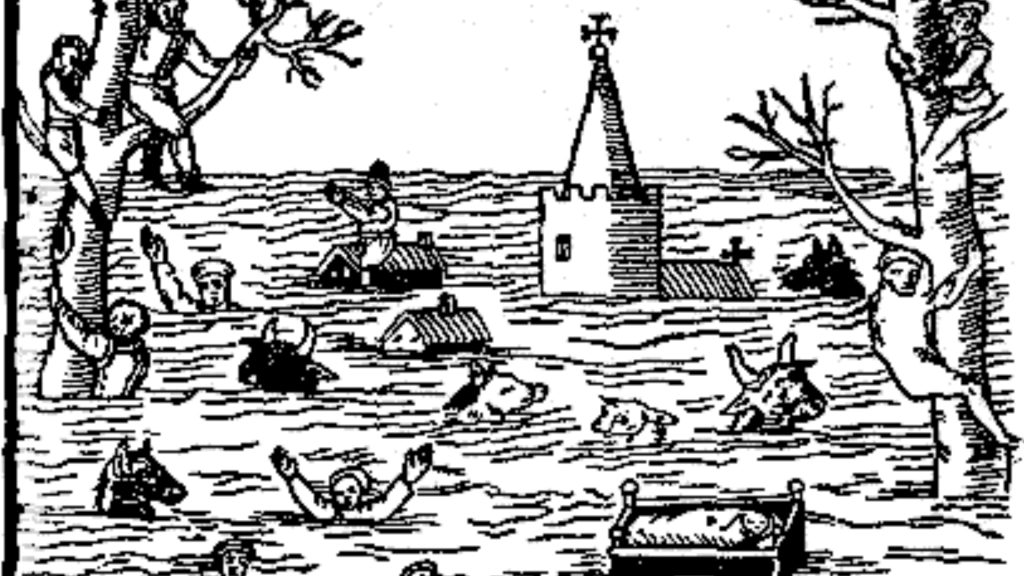
An estimated 2,000 people were killed. The flooding also drowned thousands of livestock animals and destroyed more than 200 square miles of farm fields. The event became known as the Bristol Channel Tsunami although it is more likely that the flooding was caused by a storm surge.
The Tragic Death of the Father of the Greek Tragedy, Aeschylus – 458 BC
Often considered the father of the Greek tragedy, Aeschylus was a prolific playwright in Ancient Greece. He penned an estimated 90 plays, although only seven of them survived. In most of them, the main characters died in tragically ironic ways … the hallmark of the classic Greek tragedy. It should be no surprise, then, that Aeschylus’s death was bizarre, tragic, and ironic, too.

In 458 BC, Aeschylus was returning to his home in Sicily when, just outside the city, he was killed when an eagle dropped a tortoise onto his head! Eagles and other birds of prey often drop hard-shelled tortoises onto rocks to crack open their shells. The theory is that the not-so-eagle-eyed eagle mistook Aeschylus’s bald head for a big, shiny boulder.
Aimo Koivunen’s Meth-Fuel WWII Survival Run – 1944
On March 18, 1944, Finnish soldier Aimo Koivunen became separated from his unit while fleeing a Soviet attack above the Arctic Circle. He was exhausted and freezing, then he remembered the Pervitin in his pocket. The Finnish Army gave out Pervitin – basically pure methamphetamine – as an energy booster. Only Koivunen didn’t have just one dose. He had 30 … enough for his whole unit.
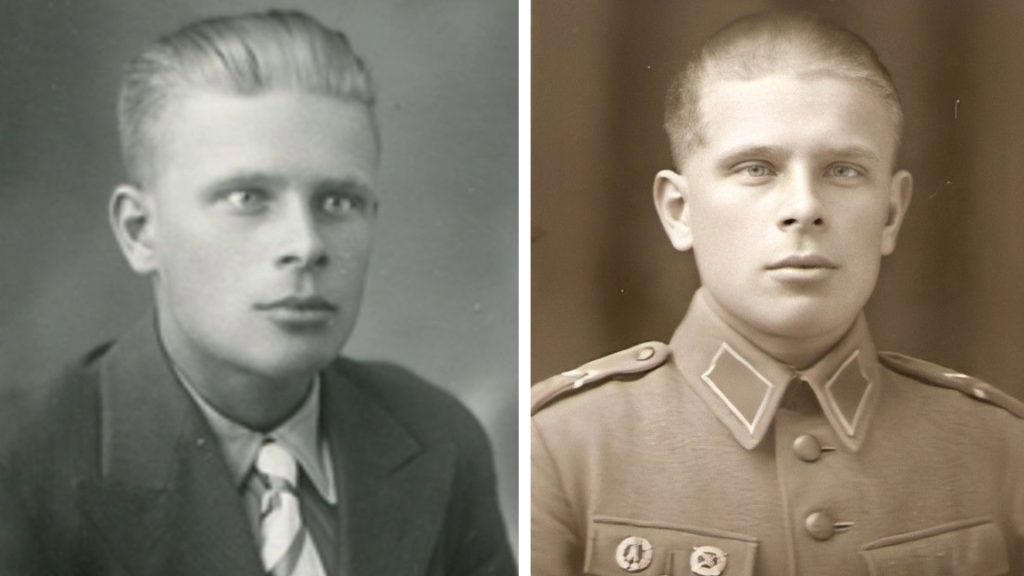
But Koivunen didn’t realize that, so he took all 30 tablets. Then he started skiing. Fast. And he didn’t stop for nearly three weeks. Fueled by the meth coursing through his system, Koivunen survived all that time alone in the Arctic without food or shelter. Much of it was a blacked-out blur, but when Koivunen reemerged in Finnish territory, he had covered more than 250 miles and weighed only 94 pounds. His heart rate, however, was still above 200 beats per minute.
The Lost Nuclear Bomb off Georgia – 1958
During a nighttime training exercise on February 5, 1958, the U.S. Air Force F-86 fighter plane crashed midair with a B-47 bomber. That bomber was carrying a functional nuclear weapon. Apparently, the Air Force wants their training exercises to be as realistic as possible.

The crew of the damaged bomber jettisoned the nuclear bomb, fearing that it would detonate if they crashed. Which probably would have happened. The nuclear bomb hit the water in Wassaw Sound off Georgia’s Tybee Island. And it is, by all accounts, still there! The Air Force searched for the functional nuclear bomb because … well, we can’t have functional nuclear bombs just lying around. But it was never found.
The Night the Sky Fell Down – 1833
The Leonid meteor showers occur every November, but every 33 years, the Earth passes through a comet tail during this time, which gives the Leonid an extra boost. One of those years fell on the evening of November 12 and 13, 1833. The exceptionally bright and prolific meteors filled the night sky … and struck terror in the hearts of people in North America.

People across the continent were convinced that the sky was falling, and that Judgement Day was at hand. It’s not hard to see why. An estimated 240,000 meteors fell during the nine-hour event, with as many as 100,000 per hour at its peak. People packed churches to pray for salvation. Even Joseph Smith, the founder of the Mormon religion, wrote that the meteors were a sign of the imminent second coming of Christ.
The Year of Four Emperors – 69
The year 69 AD was one of chaos and uncertainty in Ancient Rome. This period has accurately been called the Year of the Four Emperors because … duh! … there was a rapid succession of four emperors who all sat on the Roman throne, albeit for really short reigns. It started with Emperor Nero’s death, which kicked off a real-life game of thrones.

Galba took over as emperor, but his rival, Otho, was not happy about this. Otho plotted to have Galba assassinated so he could take the throne. Otho ruled for only a short time before Vitellius usurped him. Vitellius himself couldn’t hold onto the throne for very long. A powerful general with proven leadership skills named Vespasian, fresh off his victories in battle, marched into Rome and seized the throne, this time for keeps.
Shaanxi Earthquake – 1556
At an estimated 8.3 on the Richter scale, the Shaanxi Earthquake that struck China in 1556 may not have been the strongest one on record, but it is believed to be the deadliest. People living in the Shaanxi province during that time lived in homes carved into the sides of the mountains and reinforced with stones and bricks.

When the earthquake struck, it triggered devastating landslides that crushed or buried people living in the region. The quake leveled mountains, altered the course of rivers, and produced 60-foot-deep cracks and crevices in the earth. Sadly, more than 100,000 people were killed … roughly 60% of the province’s total population.
Jorg Jenatsch’s Assassination by an Axe-Wielding Bear – 1639
Jorg Jenatsch was a prominent political leader in Switzerland during the Thirty Year War who has recently been knighted by the monarchy as a thanks for his service to the country. To celebrate, Jenatsch hosted a lavish party in the town of Chur which, coincidentally, was holding a huge town carnival at the same time.

As Jenatsch’s party was in full swing, a group of carnival folks in costumes knocked on the door. The group’s leader, a man dressed as a bear, asked if they could join the party and the group was allowed in. But the bear produced an ax and proceeded to hack Jenatsch to pieces in front of his horrified guests in one of history’s strangest political assassinations. The bear’s true identity is unknown.
Pope Pius 11 Wrote Erotica – 1467
Before he became Pope Pius 11 on August 19, 1458, Aeneas Sylvius Piccolomini was a published author. One of his books is rather eyebrow raising, in light of his future career choice. That book, The Tale of Two Lovers, is quite salacious and full of erotic imagery.

The Tale of Two Lovers, which was first published in 1467, is one of the earliest novels written in the epistolary format – as a series of letters between two lovers. Spoiler alert … things really start to heat up as the romance progresses.
The St. Francis Dam Failure – 1928
The St. Francis Dam in California, designed by William Mulholland, experienced a catastrophic failure on March 12 and 13, 1928. The dam was constructed for the dual purpose of providing water and hydroelectric energy to the growing city of Los Angeles. But only two years after it was completed, something went horribly wrong.

When the dam failed, a massive wall of water swept through the Santa Clara River Valley, killing more than 450 people. The St. Francis Dam Disaster has been called one of the deadliest civil engineering failures in American history. The event led to changes in safety regulations, engineering practices, and inspection protocol for future infrastructure projects.
Mayor Anton Cermak Happily Took a Bullet for FDR – 1933
Chicago mayor Anton Cermak had joined President Franklin Roosevelt for a rally in Miami on February 15, 1933. Afterward, the two men sat chatting in a convertible parked on the street. Giuseppe Zangara, a disgruntled, unemployed, Italian immigrant with a history of mental illness, walked up and fired a gun at the president.
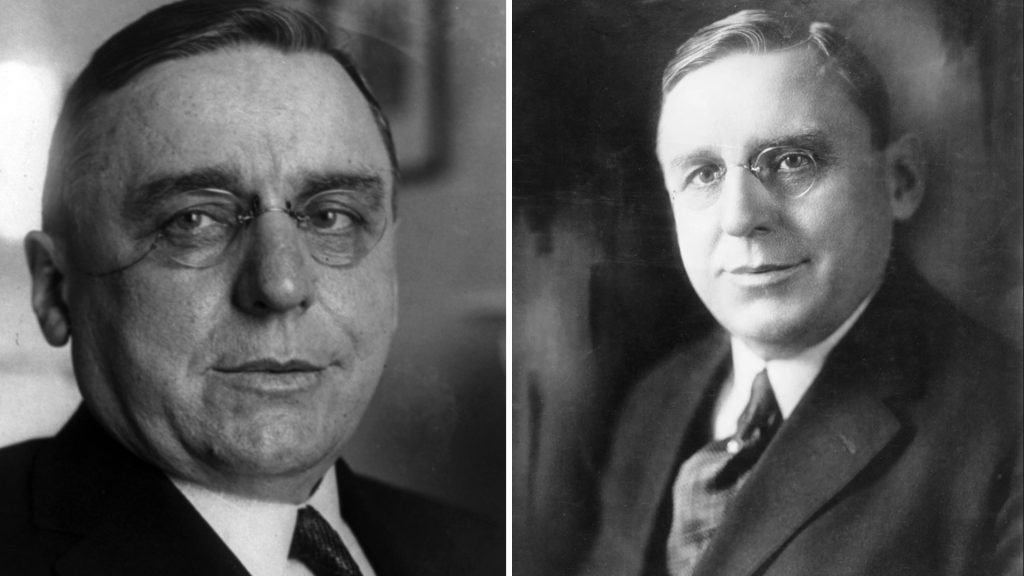
Instead of assassinating the president, Zangara struck Cermak and four others. En route to the hospital, the dying Cermak told President Roosevelt, “I am glad it was me instead of you.” That sentence was immortalized on Cermak’s gravestone.
Sir Nicholas Winton Rescues 669 Jewish Children During the Holocaust – 1939
British businessman Sir Nicholas Winton, who was born to Jewish parents, hatched a brazen secret plan to rescue Jewish children from Czechoslovakia in 1939 as Europe teetered on the cusp of World War II. His “Operation Kindertransport” helped save the lives of 669 children who were slated for the Concentration Camps.

In addition to arranging for the youngsters to be transported to England, Winton also worked to secure foster homes for them. He kept his activities secret from everyone, including his own wife. She learned about his heroic achievements years later when she discovered a scrapbook and other documents detailing his rescue missions.
Dashrath Manjhi Proved You Can Move Mountains – 1960-1982
Gehlaur, the rural village in eastern India where Dashrath Manjhi lived, was a short distance from the nearest city as a crow flies, but on foot, the journey required one to take a 35-mile route around a mountain. When Manjhi’s wife died because she couldn’t get to a hospital in time, the poor but determined laborer vowed to improve access to the larger city.

With nothing more than a chisel and a hammer, Manjhi attacked the mountain that stood in the way. For the next 22 years, he worked alone using rudimentary tools to carve a path through the mountain. His path, which is 360-feet long and 30-feet wide, turned the once 35-mile journey around the mountain into a 15-minute walk.




